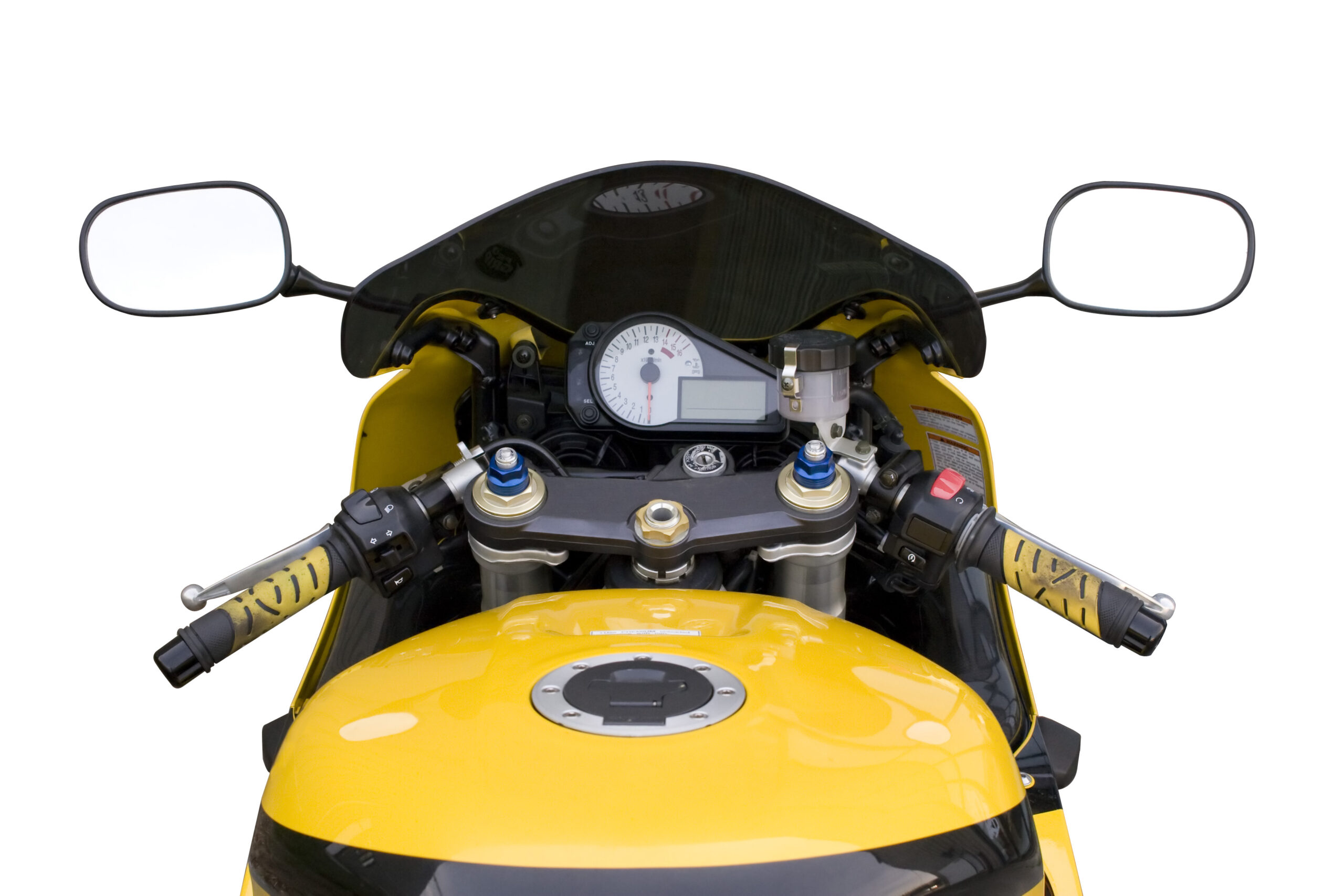Golf drivers are one of the most important pieces of equipment in any golfer’s bag. A good driver can help you hit longer and more accurate shots, which can improve your overall game. In this blog post, we will explore everything you need to know about golf drivers, including their anatomy, how to choose the best one for your game, and tips for hitting longer drives with the right technique.
Introduction to Golf Drivers
A golf driver is a type of club that is designed specifically for driving off the tee or from a fairway. It has a large head and a long shaft, which allows players to generate maximum power and distance when they swing it. The driver is typically used at the beginning of each hole, as it provides the longest shot possible.
The Anatomy of a Golf Driver
There are several key components that make up a golf driver:
Head: This is where the ball makes contact with the club. Most modern drivers have a titanium or composite material head, which helps reduce weight and increase speed.
Shaft: The shaft connects the head to the grip and is made of graphite or steel. Steel shafts tend to be heavier but offer more stability, while graphite shafts are lighter and provide greater flexibility.
Grip: The grip is what you hold onto during your swing. There are many different types of grips available, so choosing the right one depends on personal preference.
Choosing the Best Golf Driver for Your Game
When selecting a new driver, there are several factors to consider. These include:
Swing Speed: You want a driver that matches your swing speed. If you have a slower swing speed, look for a driver with less loft angle and lower spin rate. Conversely, if you have a faster swing speed, opt for a higher loft angle and increased spin rate.
Loft Angle: The loft angle determines how high the ball flies. Typically, drivers range between 7 degrees and 12 degrees of loft. Higher loft angles produce higher launches, while lower loft angles create lower trajectories.

Size: Make sure the size of the driver fits comfortably in your hands. Larger heads may not fit some people’s swings, while smaller ones might not give enough forgiveness.
Understanding Swing Speed and Loft Angle
Swing speed plays a crucial role in determining the ideal loft angle for your driver. Generally speaking, the faster your swing speed, the higher the loft angle should be. This is because a faster swing generates more force, allowing the ball to travel farther and higher. On the other hand, a slower swing requires a flatter trajectory to achieve optimal distance.

How to Hit Longer Drives with the Right Technique
Hitting longer drives doesn’t just depend on having the right equipment; it also requires proper technique. Here are some tips for improving your drive:
Align yourself properly before taking your stance.
Keep your eye on the ball throughout your entire swing.
Use your legs and core muscles to generate power rather than relying solely on your arms.
Follow through with your swing until the end of its natural arc.
Conclusion: Unlocking the Secrets of the Best Golf Drivers on the Market
Investing in a quality golf driver can significantly enhance your performance on the course. By understanding the anatomy of a driver, choosing the right one for your game, and using proper technique, you can unlock the secrets of hitting longer and straighter drives.
Leave a Reply